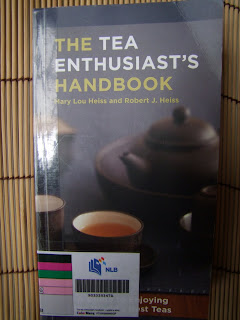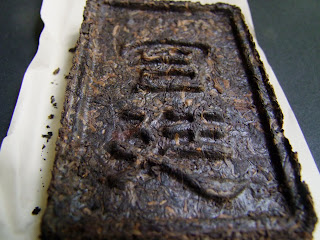

Looking back at 2010, I had the privilege to be able to make oversea trips to China to learn more (buy more also) about Chinese tea. The tea markets in Guangzhou was a real eye opener and is a worthwhile visit for a Chinese tea drinker or collector. I am visiting Guangzhou again during this Christmas week.
A few readers have asked me the travel aspects of my past trips to Guangzhou, Hong Kong and Kunming. They had requested information on hotel, dining and shopping besides tea. I will include such information in my subsequent blogs when I go overseas to learn (and buy) Chinese tea. Hotel stays for me is about 3 stars (sometimes the internet gives real deep discounts on good hotels)……as long as its clean, safe, has internet and has a hot shower. I do not use the hotel’s facilities as I tend to be out from 8am to 8pm (earliest). I eat regular local food fare but will look out for those preferred or rated eats by the locals there. I might give myself a hotel buffet on my last night there. Travel guides (Frommer or Lonely planet) and internet searches do provide some guide on good hotel rates, dining and subway maps. Most importantly, make all hotel bookings online and you can get the best rates.
Back to tea. I had drank lots of ripe pu erh this year and the Haiwan 06 mavin and the Fuhai 07 large leaf pu erh were the highlights of my 2010 ripe teas which I had opened from my collection. These 2 teas were highly aromatic and tasty as well. Highly recommended. I did not drink much raw pu erh this year as my raw pu collection are relatively new teas (less than 5 years). I have recently acquired a couple of older raw pu erh and I hope to opened them in 2011. The above pix shows a 2003 Haiwan and 2001 Menghai raw pu erh (both had been stored in Singapore for more than 6 years).
For oolongs that I drank this year, the traditional “Sea Dyke” and Wuyi Shuixian, both Fujian oolongs packed in nifty tea tins were, to me, good quality traditional shui xian in terms of robustness, fragrance and taste. These oolong teas are very inexpensive and I have been happily brewing these oolongs a couple of times a week.
Happy Holidays and I hope everyone will have more time for tea.








